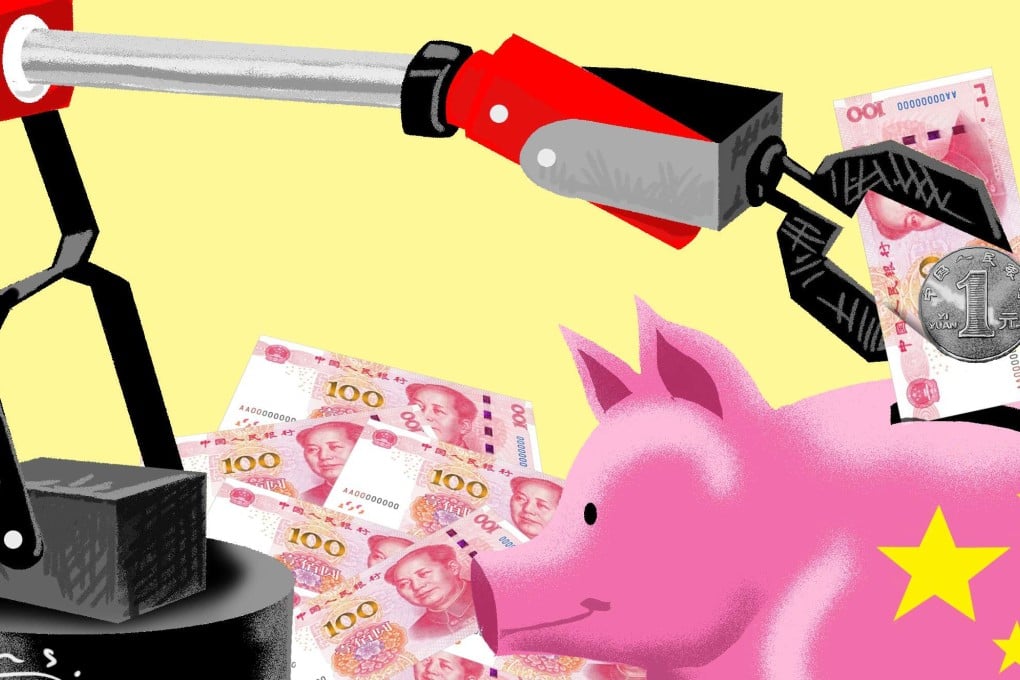Five trillion reasons for China to push ahead with economic reforms
Fred Hu and Jonathan Woetzel say Beijing cannot afford to shirk the challenge of raising productivity to address its growth challenges and create long-term prosperity


And, in fact, China may have little choice. The traditional drivers of its economy – a vast pool of surplus labour and massive investments in infrastructure, housing and industrial capacity – are becoming exhausted. The working-age population has peaked, urbanisation is slowing, and the steel and cement industries are suffering from overcapacity. Returns on capital have declined, so China cannot rely on investment spending to generate sufficient growth.

Bounce in China’s economy may be short-term rebound, not long-term reversal: top think tank
Fortunately, however, China has substantial room for gains in labour productivity, which is only 10-30 per cent of the level in advanced economies. When the McKinsey Global Institute analysed more than 2,000 Chinese companies in industries ranging from coal and steel to auto manufacturing and retail, it found opportunities to raise productivity by 20-100 per cent by 2030.
Consider China’s service sector. Though the sector has grown rapidly and now accounts for about 50 per cent of GDP, low-value-added businesses still dominate. On average, service businesses in China are just 15-30 per cent as productive as their counterparts in countries from the Organisation for Economic Cooperation and Development. In addition to streamlining existing operations (for example, by introducing self-checkout systems in retail businesses), China has opportunities to complement its manufacturing sector with high-value-added business services in areas such as design, accounting, marketing and logistics.
In manufacturing itself, China can do more to automate its factories. China is the world’s largest purchaser of robots, but it still has only 36 robots per 10,000 workers, compared with 164 in the US and 478 in Korea. Chinese companies have already shown that they can mix automated and manual assembly lines. They also can raise productivity by rationalising operations and improving energy efficiency, bringing their performance closer to that of their global peers.
